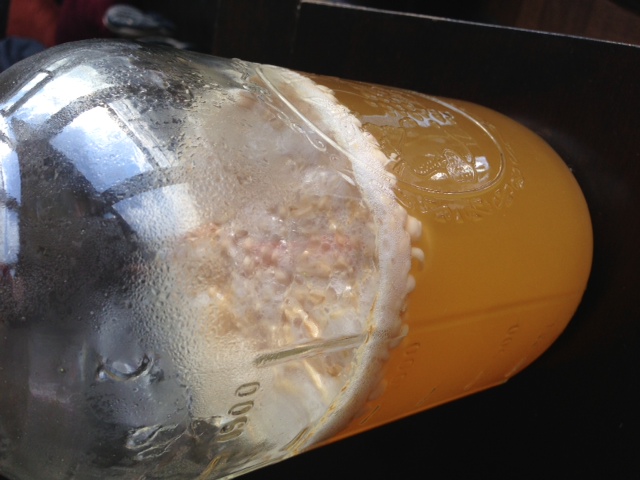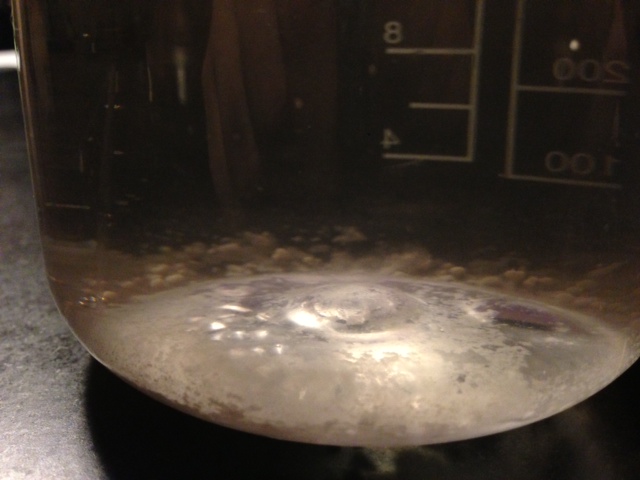chocotaco
Well-Known Member
But now you're talking about a completely different thing. To get ester production (either to make lipids or to make flavour compounds) you need the yeast to make the precursors, which is an aerobic process. Cell division is not required - but its also hard to put yeast into an aerobic state, along with everything else they need to make precursors, without having them divide. Your bead system may be an exception to that - there is no (biochemical) reason why you shouldn't get proper ester production, and you should be able to generate precursors (without cell divisions) by exposing the yeast to aerobic conditions - i.e. by oxygenating your wort.
First of all, I <3 this thread all the more for all the great tangential scientific discussion that is coming out of it. I am learning a lot from it.
Given what you are saying - that oxygenation is important to ester formation and is also needed for yeast growth - would it be possible to eliminate ester formation by 1) not oxygenating my wort and 2) massively over-pitching to compensate for the poor oxygenation's effect on yeast growth? What would be the side effects of that? Obviously my goal is to eliminate ester production without having to keep such a close eye on ferm temperatures (which is difficult for me without investing a lot of money in equipment or labor)





















![Craft A Brew - Safale BE-256 Yeast - Fermentis - Belgian Ale Dry Yeast - For Belgian & Strong Ales - Ingredients for Home Brewing - Beer Making Supplies - [3 Pack]](https://m.media-amazon.com/images/I/51bcKEwQmWL._SL500_.jpg)






























